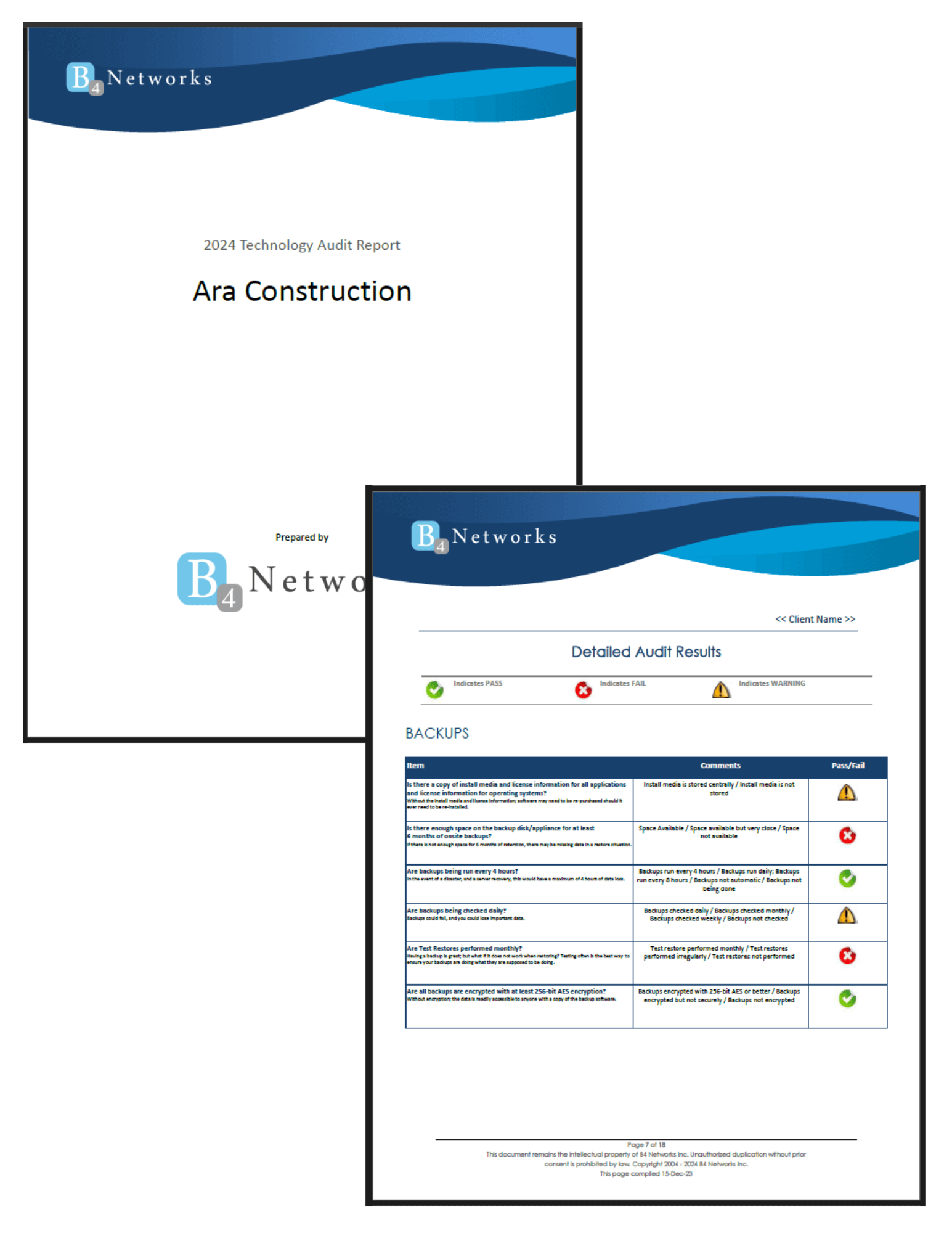 One-Time Passwords (OTPs) have become a crucial part of cybersecurity. As a form of multifactor authentication, OTPs send a unique code to a user’s mobile device or email, adding an extra layer of security when logging into an account. However, cybercriminals are now exploiting this security tool for their schemes. By gathering information like usernames, email addresses, and phone numbers, they manipulate users into sharing their OTPs, allowing unauthorized access to accounts. In this blog, we’ll explore how these scams work and provide tips on how to protect yourself.
One-Time Passwords (OTPs) have become a crucial part of cybersecurity. As a form of multifactor authentication, OTPs send a unique code to a user’s mobile device or email, adding an extra layer of security when logging into an account. However, cybercriminals are now exploiting this security tool for their schemes. By gathering information like usernames, email addresses, and phone numbers, they manipulate users into sharing their OTPs, allowing unauthorized access to accounts. In this blog, we’ll explore how these scams work and provide tips on how to protect yourself.
How OTP Scams Work
Imagine receiving a call from what appears to be your bank’s customer support center. The caller claims your account is under attack and urgently requests you to verify your identity by reading back a one-time password sent to your phone. This scam preys on the victim's trust and fear, leading them to unknowingly share the OTP with the scammer, who then gains access to their account.
For Example
Ashley received a call from her bank’s customer support center. The caller claimed her account was under attack and that she needed to verify her identity to stop it. The representative asked Ashley to read off the one-time password that she received on her phone to verify that she was not the attacker. Swept up in the urgency of the situation, Ashley shared the one-time password, which allowed the scammer to access her account, leading to unauthorized transactions, data breaches, or even identity theft.
Tips to Avoid OTP Scams
1. Be Wary of Unsolicited OTP Requests
If you receive an OTP without trying to log in, be cautious. Scammers might be attempting to access your account and bypass MFA by getting you to divulge the OTP. Consider resetting your password if you suspect unauthorized access.
2. Never Share Your OTP
OTPs are a verification method meant for your eyes only. No legitimate organization will call unsolicited asking for your OTP. Always keep this information private.
3. Use Additional MFA Methods
Enhance your account security by using other types of multifactor authentication, such as biometric authentication and authenticator apps. These methods add another layer of protection, especially for accounts holding sensitive information.
While OTPs are an effective way to secure your accounts, staying vigilant against scams is crucial. By understanding these schemes and following our tips, you can protect yourself from falling victim to one-time password scams and keep your accounts safe.
If you do not currently have an IT provider or would like a second opinion on your network security, please don’t hesitate to reach out to our team. We are here to serve you in the Niagara Region and Simcoe County, 24/7/365.
Niagara: 905-228-4809
Barrie: 705-885-0993
Email: help@b4networks.ca



